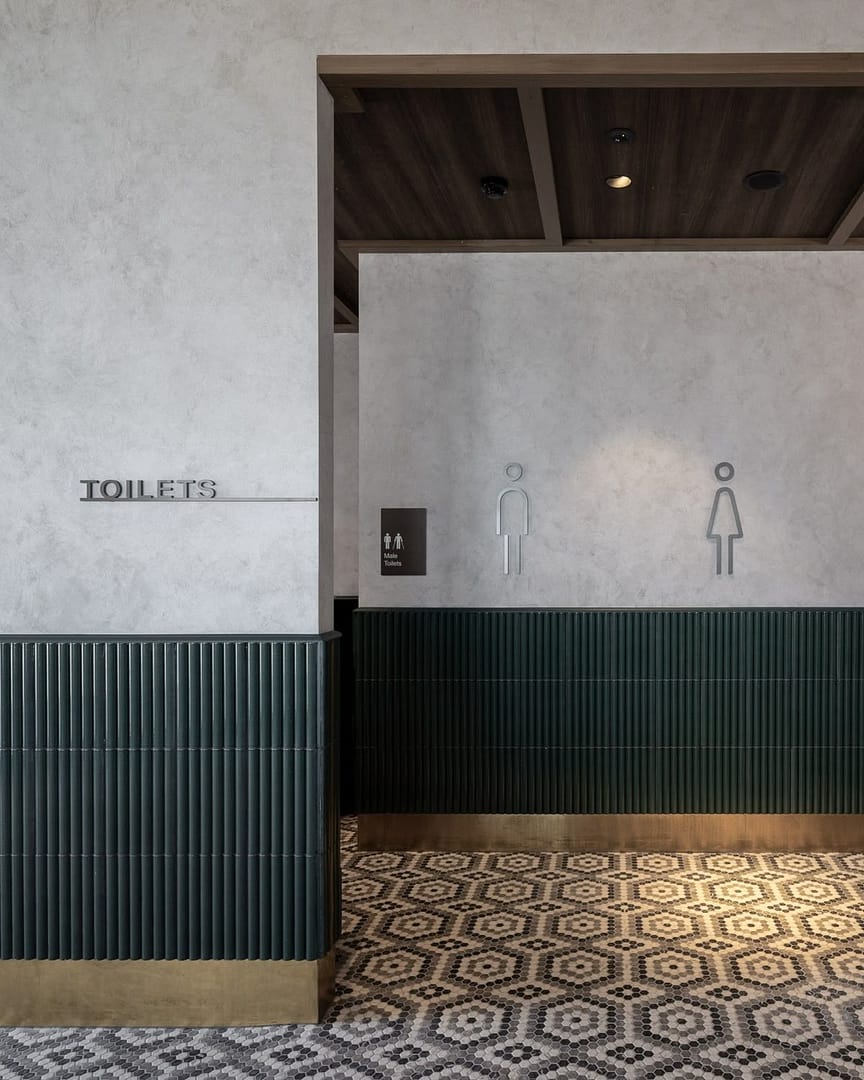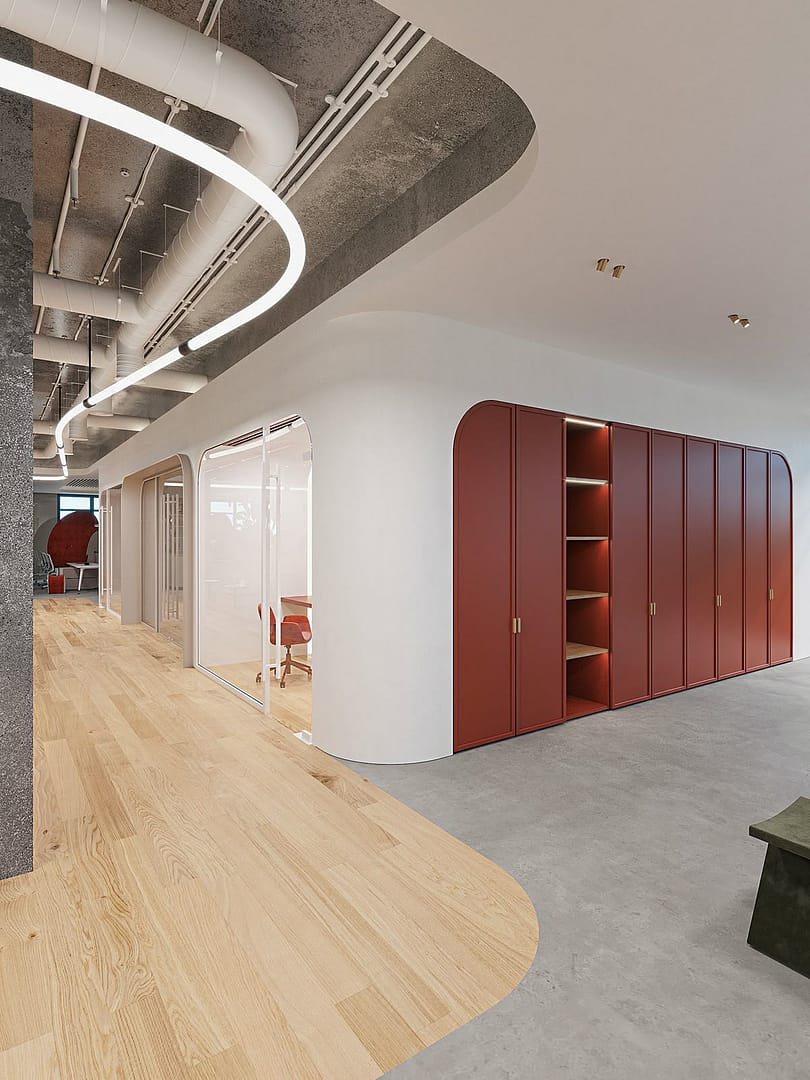
- Bathroom
Traditional Bathroom Design: The Allure of Timeless Elegance
- By matin@quayconstruction.ca
Table of Contents
Introduction: A Journey Through Time
Step back in time, and you’ll find that traditional bathroom design has roots that stretch back centuries. From the opulent baths of ancient Rome to the intricate tile work of the Victorian era, the concept of a bathroom as a place of relaxation and rejuvenation has always been central to human culture. Today, traditional bathroom design continues to captivate homeowners with its timeless elegance and enduring appeal. Whether you’re renovating an old home or simply want to infuse your space with a sense of history, understanding the key elements of traditional bathroom design can help you create a sanctuary that feels both luxurious and inviting.
The Essence of Traditional Bathroom Design
Traditional bathroom design is characterized by its classic aesthetics, attention to detail, and use of high-quality materials. Unlike modern designs that often prioritize minimalism and sleek lines, traditional bathrooms embrace ornate fixtures, rich colors, and intricate patterns. The goal is to create a space that feels warm, welcoming, and steeped in history.
Key Elements of Traditional Bathroom Design
Classic Fixtures and Fittings
One of the hallmarks of traditional design is the use of classic fixtures and fittings. Think clawfoot tubs, pedestal sinks, and vintage-style faucets. These elements not only add a touch of nostalgia but also serve as focal points that anchor the room’s design. For instance, a freestanding clawfoot tub can instantly transform an ordinary bathroom into a luxurious retreat.
Rich Color Palettes
Traditional bathrooms often feature rich, warm color palettes that evoke a sense of comfort and sophistication. Deep hues like burgundy, navy, and forest green are commonly used, often paired with neutral tones like beige, cream, or white to balance the overall look. These colors can be incorporated through wall paint, tiles, or even accessories like towels and rugs.
Intricate Tile Work
Tile work is another defining feature of traditional bathroom design. From intricate mosaic patterns to classic subway tiles, the right tile can add texture and visual interest to the space. Consider using patterned tiles for the floor or as a backsplash behind the sink to create a striking contrast with more subdued walls.
Ornate Details
Ornate details are what truly set traditional bathrooms apart. Crown molding, wainscoting, and decorative trim can add depth and character to the space. Additionally, consider incorporating elements like chandeliers, sconces, or antique mirrors to enhance the room’s traditional appeal.
Natural Materials
Traditional bathroom design often relies on natural materials like wood, stone, and marble. These materials not only add a sense of authenticity but also contribute to the room’s overall warmth and texture. For example, a marble countertop or a wooden vanity can serve as a stunning centerpiece in a traditional bathroom.
How to Incorporate Traditional Bathroom Design in Your Home
Start with a Plan
Before diving into a renovation, it’s essential to have a clear plan in place. Consider the overall layout of your bathroom and how you can incorporate traditional elements without overwhelming the space. Sketch out your ideas or work with a designer to create a cohesive vision.
Choose the Right Fixtures
Selecting the right fixtures is crucial for achieving a traditional look. Opt for pieces that have a vintage or antique feel, such as a clawfoot tub, a pedestal sink, or a brass faucet. These fixtures should not only be functional but also serve as statement pieces that enhance the room’s aesthetic.
Focus on Details
Pay attention to the small details that can make a big impact. For instance, consider adding crown molding or wainscoting to the walls, or choose hardware with intricate designs. Even the choice of towel bars, toilet paper holders, and drawer pulls can contribute to the overall traditional feel.
Incorporate Texture and Pattern
Texture and pattern play a significant role in traditional design. Use a mix of materials like wood, stone, and tile to add depth and interest. Additionally, consider incorporating patterned wallpaper, rugs, or shower curtains to introduce visual variety.
Lighting Matters
Lighting is a critical component of any bathroom design, and traditional bathrooms are no exception. Opt for fixtures that have a classic or vintage feel, such as chandeliers, sconces, or pendant lights. These not only provide adequate illumination but also serve as decorative elements that enhance the room’s overall aesthetic.
The Benefits of Traditional Bathroom Design
Timeless Appeal
One of the most significant advantages of traditional bathroom design is its timeless appeal. Unlike trendy styles that may quickly go out of fashion, traditional design elements have a lasting quality that ensures your bathroom will remain stylish for years to come.
Warm and Inviting Atmosphere
Traditional bathrooms are known for their warm and inviting atmosphere. The use of rich colors, natural materials, and ornate details creates a space that feels cozy and comfortable, making it the perfect retreat after a long day.
Versatility
Traditional design is incredibly versatile and can be adapted to suit a variety of tastes and preferences. Whether you prefer a more understated look or want to go all out with opulent details, traditional design offers endless possibilities for customization.
Increased Home Value
Investing in a traditional bathroom design can also increase the value of your home. Potential buyers are often drawn to the timeless elegance and quality craftsmanship associated with traditional styles, making it a smart investment for the future.
Conclusion: Embrace the Timeless Beauty of Traditional Bathroom Design
In a world where trends come and go, traditional bathroom design stands as a testament to enduring beauty and sophistication. By incorporating classic fixtures, rich colors, intricate tile work, and ornate details, you can create a space that feels both luxurious and inviting. Whether you’re renovating an old home or simply want to infuse your space with a sense of history, traditional design offers a timeless aesthetic that will never go out of style. So why not embrace the allure of traditional bathroom design and transform your bathroom into a sanctuary of timeless elegance?
Related Posts




